Understanding Feline Infectious Peritonitis (FIP) in Cats: Symptoms, Treatments, and Hop
Have you ever watched your playful cat suddenly lose interest in food, toys, and even life itself? And what are final stages of fip in cats? You feel helpless as they grow thin and listless, their eyes dulling, their once lively body growing weaker each day. If this sounds familiar, your beloved companion might be experiencing the devastating disease known as Feline Infectious Peritonitis, or simply, FIP.
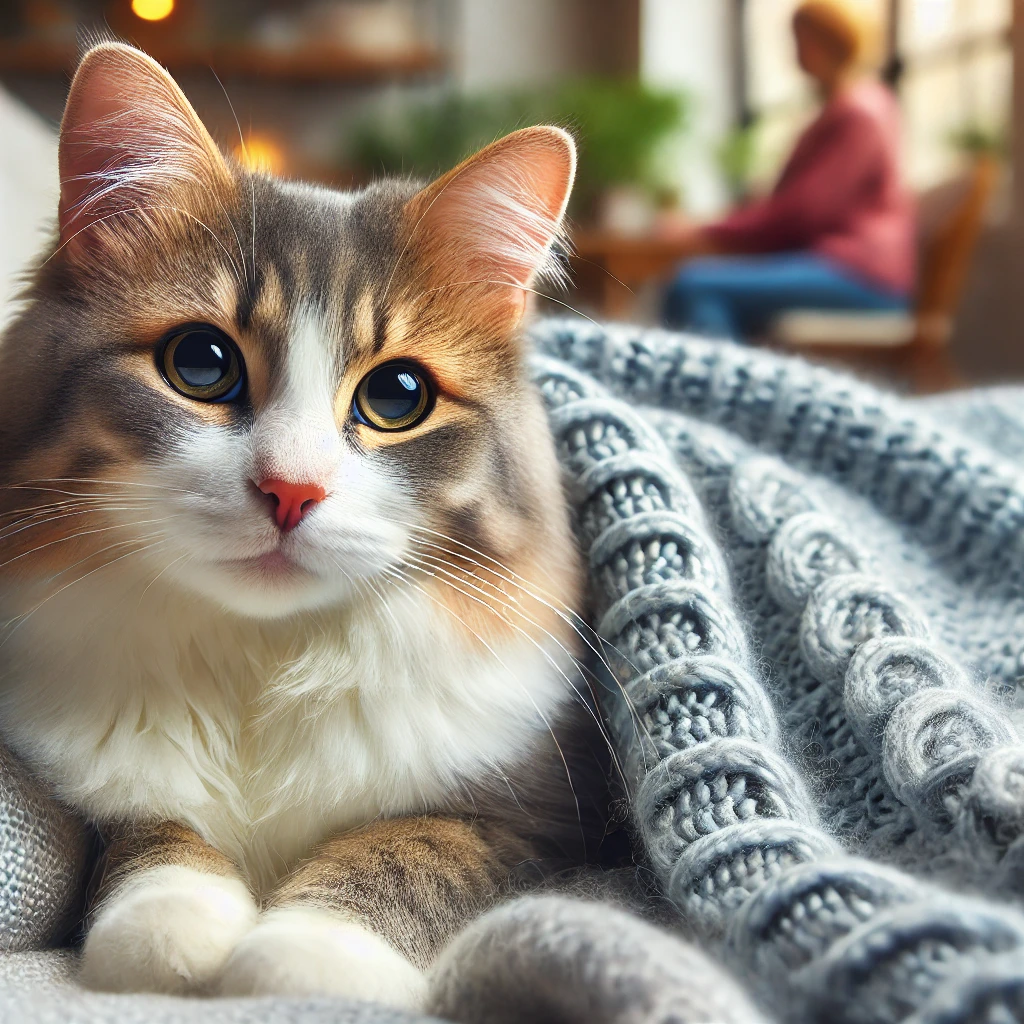
What is FIP in Cats?
Feline Infectious Peritonitis (FIP) starts silently, caused by a mutated form of a common feline coronavirus. Over two-thirds of cats worldwide carry the harmless form (FECV), often without symptoms. However, in a cruel twist of fate, this benign virus can mutate into the deadly FIP virus (FIPV), impacting 0.6% to 5% of infected cats.
When this mutation happens, FIP becomes the nightmare every cat owner fears. It strikes without mercy, attacking the cat’s immune system and spreading rapidly through their body. Stressful situations—vaccinations, moves, surgeries—can trigger this mutation. But no one knows exactly when or why the virus decides to turn deadly. It is a roll of the dice, a silent game with high stakes.
How Does FIP Spread?
Cats initially contract the harmless form of coronavirus through contaminated litter boxes or shared environments. Once infected, cats may shed the virus in their feces, infecting others, particularly in multi-cat households or shelters. The mutated FIP virus itself isn’t typically contagious; it’s the original coronavirus that’s easily spread. This explains why sometimes only one cat in a household develops FIP, while others remain healthy.
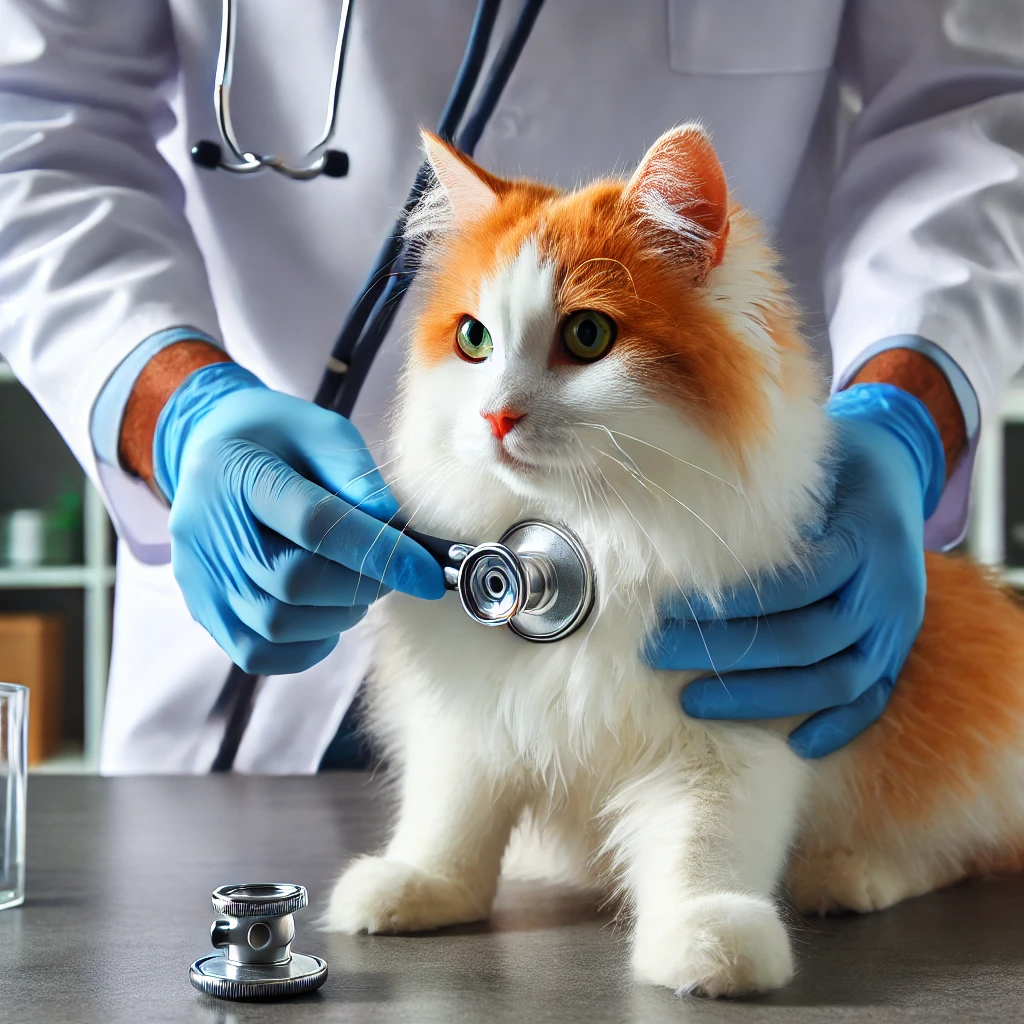
Forms of FIP: Wet and Dry
FIP takes two main forms—effusive (wet) and non-effusive (dry). The effusive form of FIP is easily recognized by fluid accumulation in the abdomen or chest, leading to visible swelling and difficulty breathing. The dry form is more elusive, presenting symptoms like weight loss, lethargy, and internal inflammation without noticeable fluid buildup.
However, these forms often overlap. Many affected cats exhibit symptoms of both wet and dry forms. Regardless of form, the underlying cause is a severe immune system reaction, creating widespread inflammation and organ damage.
Clinical Signs and Diagnosis
Recognizing clinical signs early is critical. Typical symptoms include:
- Persistent fever
- Weight loss and reduced appetite
- Swollen abdomen or chest
- Difficulty breathing
- Lethargy and decreased activity
- Neurological signs like unsteady gait or seizures (in advanced cases)
Veterinarians diagnose FIP through blood tests, such as complete blood counts, serum chemistry panels, and serum amyloid A (SAA) levels. Imaging like ultrasounds or X-rays reveals fluid accumulation or internal organ changes. Polymerase chain reaction (PCR) tests detect viral RNA mutations specific to FIP, enhancing diagnostic accuracy.
Yet, the only definitive diagnosis comes from a biopsy or necropsy—methods too invasive or too late for most beloved pets. Many veterinarians thus rely heavily on clinical signs and test results to confirm an FIP diagnosis.

Final Stages of FIP in Cats
The final stages of FIP in cats are heartbreaking. As the disease progresses, affected cats suffer severe organ damage and systemic inflammation. The effusive form causes painful fluid buildup, making breathing a constant struggle. The dry form relentlessly destroys internal organs. Cats become weak, unable to eat, and increasingly withdrawn. Neurological deterioration may follow, causing seizures or loss of coordination. Watching a pet endure this suffering leaves many owners devastated, desperate for solutions.
Treatment and Antiviral Drugs: Hope on the Horizon
Until recently, FIP was nearly always fatal, offering little hope to heartbroken cat owners. Treatments could ease symptoms but rarely prolonged life significantly. However, groundbreaking antiviral drugs like GS-441524 have dramatically changed the landscape. These drugs inhibit the replication of the FIP virus, giving cats a fighting chance at survival.
Among these drugs, PetExist’s GS-441524 stands out as a reliable, high-quality solution, trusted by countless veterinarians and pet owners worldwide for its purity and efficacy.
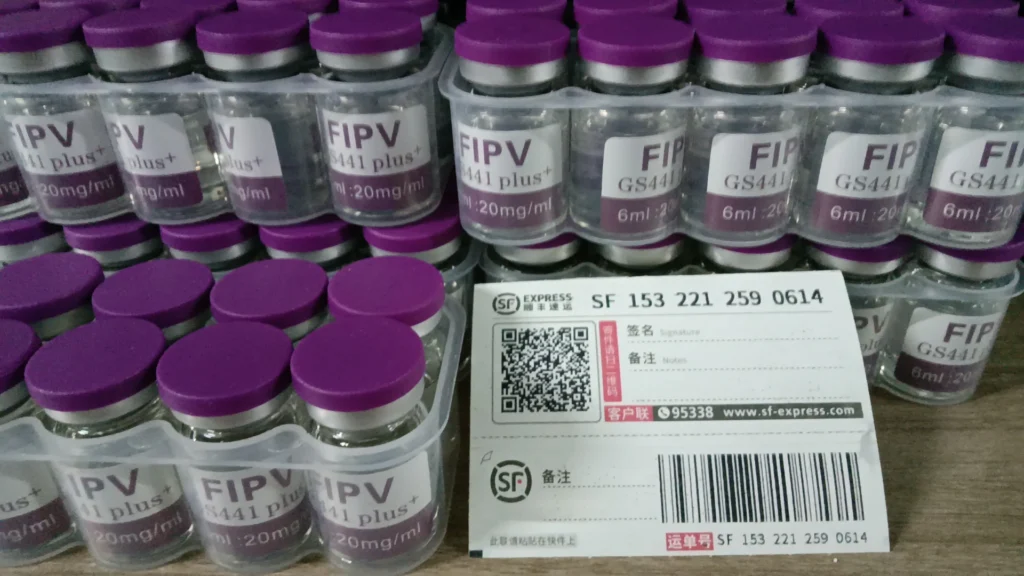
Clinical Signs and How to Know Your Cat Has FIP
Cats do not speak of pain. They carry it in silence. But when the cat suffers from FIP, you see the signs clearly. You must look closely. Weight loss is sharp and sudden. They lose interest in the food they once loved. Their coats become rough, dull, and untidy.
Watch carefully when they breathe. A cat with effusive FIP struggles to breathe easily. Fluid builds up in the abdomen or chest, creating pressure that causes difficulty breathing. Watch how they lie, always curled, always still. When they rise, their gait is unsteady. They may tremble or stumble. Their movements slow, uncertain, as if each step must be measured carefully.
When it is the dry form of FIP, the signs are harder to see. No fluid gathers visibly. Instead, inflammation creeps through the body quietly, unseen, and dangerous. Organs grow thick with lesions, called granulomas. These form silently inside, invisible until tests reveal them. But the signs are there if you look close enough—weight loss, fever, dull eyes, a subtle decline in energy and life.
You know your cat better than anyone. Trust your instincts. When something feels wrong, visit the veterinarian. Ask clearly about polymerase chain reaction tests. PCR can detect virus genetic material and confirm the suspicion of fip infections. Early identification can mean everything.
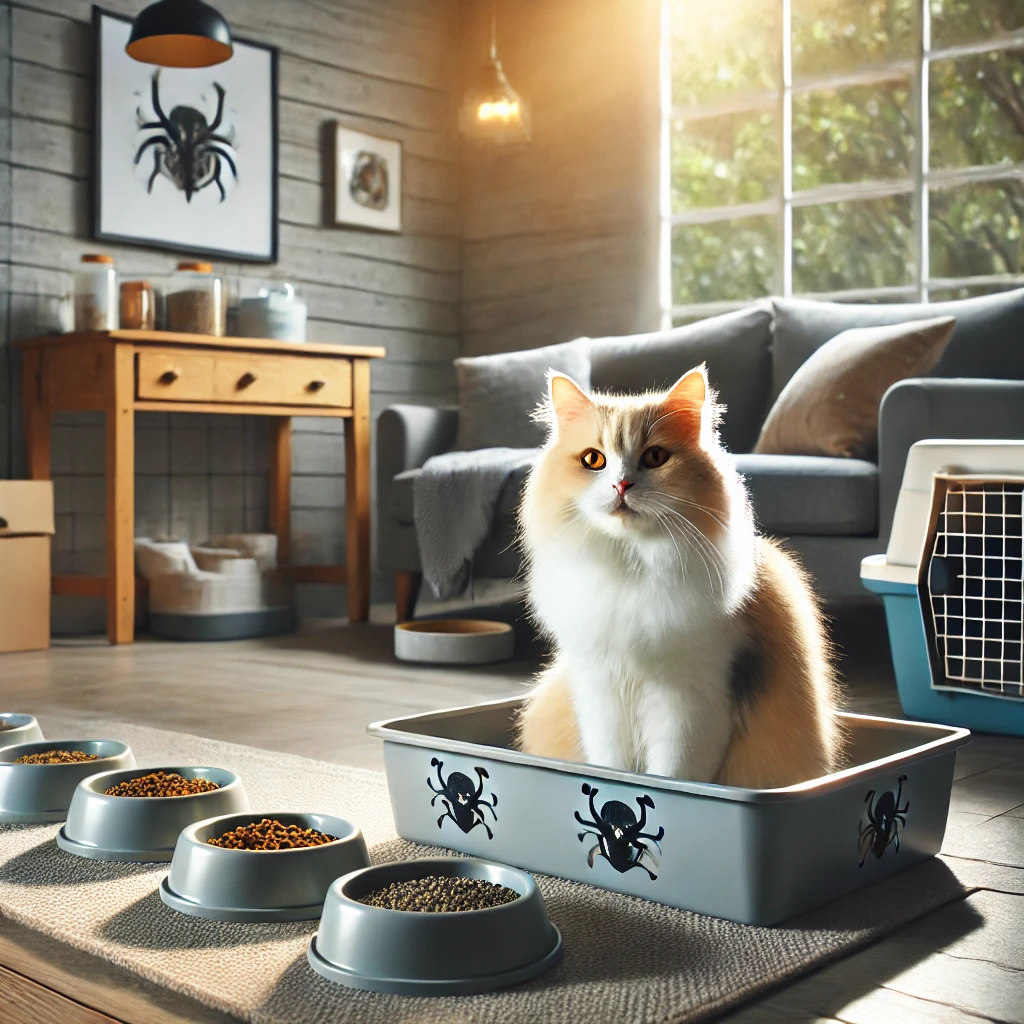
Diagnosing FIP: Tests and Their Meaning
When your cat shows signs of illness, you take them to the vet. But FIP is tricky. No single test tells you everything. You must look at all results together, as one complete picture.
Blood tests often show white cells rising, red cells falling, and changes in proteins. The globulins rise, albumin drops. The albumin-to-globulin ratio becomes low. These changes hint at trouble but don’t prove FIP by themselves.
Another important test is the polymerase chain reaction. PCR looks for coronavirus genetic material. If PCR detects virus, it suggests strongly your cat is infected. Yet it cannot always tell you if the virus is harmless or has changed into deadly FIP.
For cats with visible fluid—either the wet forms (effusive FIP)—another test matters: the Rivalta test. This test shows if fluid is exudative, rich in proteins, a common sign of FIP. A positive Rivalta test increases the suspicion of FIP significantly.
Yet, the bitter truth remains: The only certain test for feline infectious peritonitis (FIP) is biopsy. But this procedure is hard and risky. It involves surgery, taking tissue, and analyzing it under a microscope. Most cats with suspected FIP cannot afford this wait or this risk.
That is why, often, diagnosis is done backwards. Antiviral treatment begins as a diagnostic method itself. If the cat improves with antivirals, the suspicion of FIP is confirmed indirectly. This method is common practice, practical, and saves precious time.
The Final Stages of FIP in Cats: A Hard Reality
The final stages of FIP in cats are painful to witness. This is a disease without mercy. It spares no cat, young or old. In these final days, your cat grows weaker each hour. The breathing worsens. Movement ceases. Food and water are refused. Eyes dim with fatigue and suffering. It becomes clear the fight cannot last.
The immune system, designed to protect, turns against the cat. Viral invaders exploit immune cells called macrophages. Instead of defending the body, these cells carry virus everywhere, spreading damage. Blood vessels become inflamed and leak fluids. Organs shut down one by one. This is the cruel reality of fip infections in their advanced stages.
You must decide carefully and humanely how to proceed. Some choose comfort measures. Others seek humane euthanasia, offering mercy rather than prolonged suffering. It is never an easy decision, but always a brave and compassionate one. Your cat depends on your strength.

Is There Hope? GS-441524 Antiviral Treatment for FIP
Hope arrived recently. For years, cats with feline infectious peritonitis had no chance at survival. Now antiviral treatments exist, powerful enough to change this harsh reality. The most promising is GS-441524, developed through intensive research. GS-441524 stops coronavirus from replicating. It halts the spread inside the body, allowing the cat’s own healing processes to begin.
PetExist provides reliable GS-441524 products, ensuring consistent quality and potency. Their antiviral medications offer a real fighting chance, backed by clear dosage guidelines and supportive advice, giving your cat the strongest possible chance for recovery.
The antiviral therapy usually lasts for several weeks or even months. The injections must continue daily, following exact dosage recommendations. As the virus slows and stops, your cat can gradually regain strength. Fever subsides. Appetite returns. Weight slowly climbs upward. The fluid buildup in effusive form begins to fade, restoring normal breathing.
But antiviral therapy requires commitment. It takes patience, endurance, and faith. The injections are painful. Cats may resist strongly, screaming, struggling, fighting back. But without this medicine, no chance exists. With it, thousands of cats around the world have regained their health.
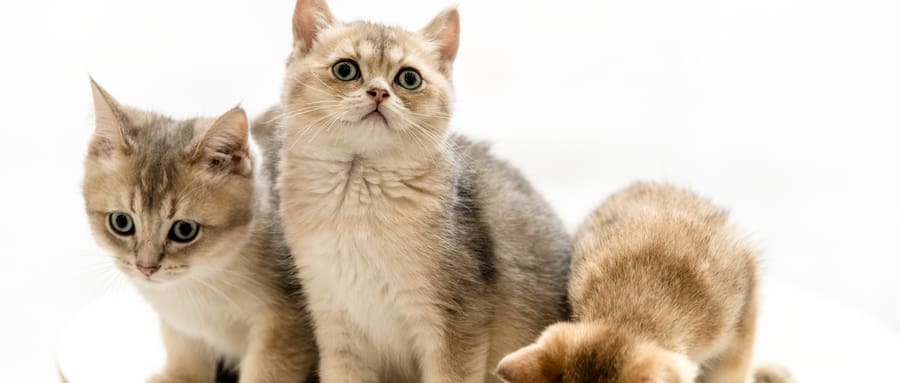
Living With an Infected Cat: Practical Advice
If you have one infected cat at home, you likely have others carrying the coronavirus too. The virus spreads rapidly through shared environments—especially litter boxes. Once coronavirus enters a home, it spreads quickly, infecting all the cats within.
But not all coronavirus cases turn into FIP. Most remain harmless. It is only when the virus mutates inside the cat that the true danger emerges. Stress is the greatest enemy, known to trigger mutations. Reduce stress whenever possible. Avoid unnecessary baths, sudden environmental changes, loud noises, or aggressive handling.
Maintain cleanliness. The coronavirus survives weeks in dry litter, bedding, and bowls. Regular cleaning and disinfection prevent ongoing reinfections. Hot water, disinfectants, and careful hygiene help control the spread.
Preventing FIP: Realistic Expectations
There is no vaccine yet guaranteed to prevent FIP entirely. Research continues, but definitive prevention remains elusive. Yet, you can still act proactively. Limit overcrowding. Manage stress carefully. Monitor cats closely for signs of illness.
Regular check-ups and careful attention to minor health issues help protect against severe disease. Quick detection of early symptoms and swift antiviral treatment offer the best chance. Being informed and observant is your most powerful tool.
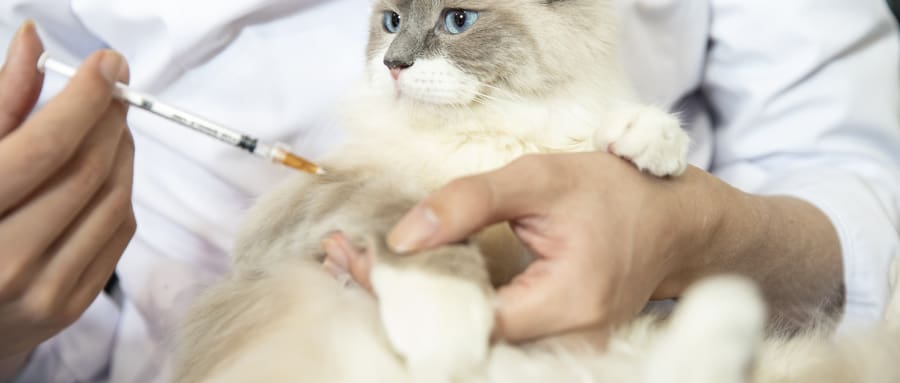
Facing FIP: A Final Word of Encouragement
If your cat suffers from feline infectious peritonitis (FIP), remember you are not alone. Thousands of cat owners share your battle. This illness is painful, confusing, and heartbreaking. But treatments like GS-441524 have transformed outcomes, turning despair into real hope.
Choose your treatment carefully. Seek support from veterinarians and trusted suppliers like PetExist. Follow clear, researched guidelines. Most importantly, hold on to hope. Cats are fighters. Their strength may surprise you.
FIP has long been feared as a death sentence. It no longer has to be. Science has changed the game. Now your knowledge and commitment can do the same.

